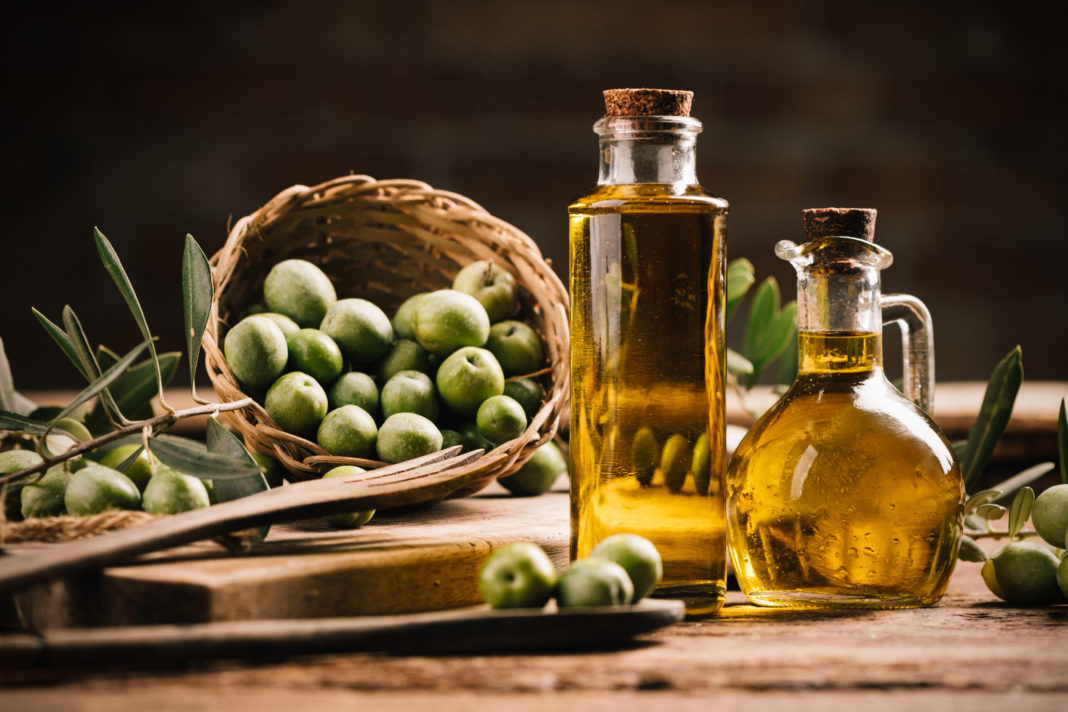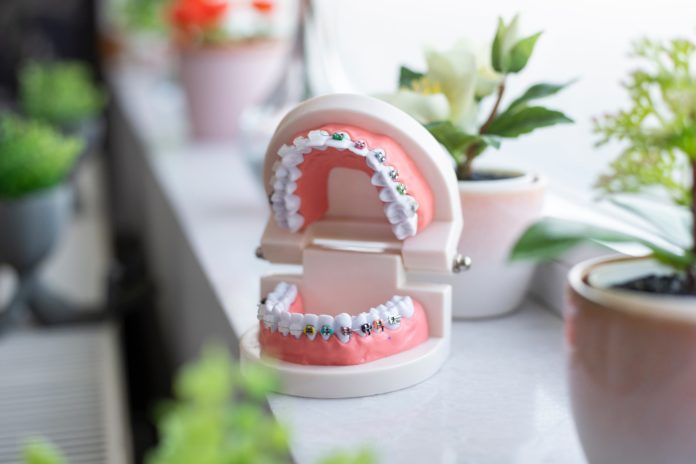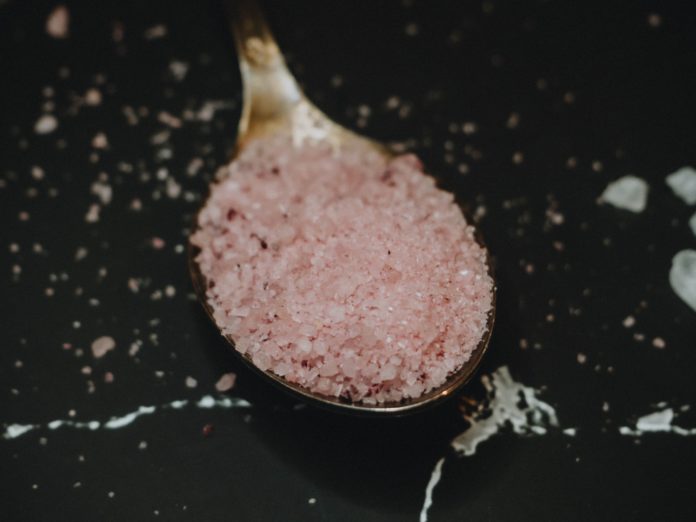Olive oil is one of the healthiest foods on the planet. Besides cooking with it, some wellness experts even say you should drink it.
But did you know that roughly 75-80% of the olive oil sold globally isn’t actually real?1
As it turns out, the olive oil industry is loaded with trouble.
You may not be getting this beautiful end product, despite what the label on your favorite bottle claims. And your olive oil may be lacking all the health benefits of the good stuff (and overflowing with the bad).
Let’s make sure that’s not the case anymore – by learning all the ins and outs of this pantry staple and the science behind why it matters.
What We Know
*Real* olive oil is made by pressing fresh olives until they release their juices.
There’s no need for heat, chemicals, or artificial processing to create olive oil, which is why the nutrients responsible for its health benefits remain intact.
Introduce any of those things, however, and the quality of the oil starts to degrade (along with its beneficial nutrients). Health benefits also tumble the longer olive oil sits around in a hot warehouse or gets exposed to air.
But some suppliers mix in leftover batches of oil from the previous year’s harvest. So even though your oil may have a recent bottle date, you may not be getting the freshest supply or the true health benefits you’re expecting.
And that’s not the only concern to worry about.
There’s also the “Agromafia.” The Italian mafia figured out that olive oil margins can skyrocket as high as 700% when they alter the real stuff with cheap filler oils. Those kinds of profits make oil tampering more lucrative than selling drugs.1
This means even though the label may claim 100% pure olive oil inside, your “olive oil” could really be cut with harmful veggie oils and seed oils (like soybean, corn, palm, and more).2
In many cases, the oils are often extracted in one location, sent to another for “processing” (i.e., where they mix in cheap oils), then bottled somewhere else altogether.
So the olive oil you thought came from Spain or Italy (the top olive oil exporters), may have only been bottled there. In reality, the oil could have come from places known for having cheap, low-quality oils (like North Africa, Turkey, or Syria).1
These issues of tampering, adulterating, and misleading labels are so prevalent that the European Parliament named olive oil the most counterfeited agricultural product.1
|
So food scientists in one study examined 11 well-known extra virgin olive oil brands, including some sold in reputable places like Whole Foods. The researchers learned that over half of the oils weren’t extra virgin olive oil at all.1 |
We’ll share a few tips on how to avoid imposter oils later. But let’s go back to this question: Should you drink olive oil straight?
What We’re Still Learning
You’re probably already using olive oil because it’s loaded with incredible health benefits.3 From improving heart health and constipation to helping prevent cancer and Alzheimer’s, the research on this superfood is abundant.4,5,6
A super trendy “wellness” newsletter recently raved about starting your day with a few sips of olive oil, straight up. And of course, influencers far and wide jumped on the wagon.
But is it really necessary to drink olive oil straight to soak up benefits? Is it even safe to do so?
A quick Google search will show you a few articles about how some people drink up to a ¼ cup of olive oil per day for health purposes. Sadly, the research just isn’t there to support this choice.
So whether you take this route is entirely up to you (and your doctor). Consider these downsides before doing so:
Potential weight gain. For some people, adding a tablespoon of straight olive oil to their diet helps them meet their daily healthy fats quota. Yet that same tablespoon could lead to weight gain or weight loss stalls for others. Remember, each tablespoon contains 120 calories and 14 grams of total (healthy) fat.
Digestion woes. Some people have trouble digesting a tablespoon’s worth of pure fat on its own. If you fall in this category, you may need to pair it with a meal instead of enjoying it solo.
There’s also much debate about whether you should drink olive oil in the morning or at night. Again, there’s just no research one way or the other. So you’ll need to experiment to find a solution that works for you. Start small (like a teaspoon) before dumping a whole tablespoon into your body at once.
The Bottom Line
You don’t need to start chugging olive oil to reap its benefits. But you do need to check that you’re buying the best olive oil possible, which can be a frustrating challenge.
Follow these guidelines to check the labels on the oils you already have and buy better in the future:2
| How To Buy the Best Olive Oil | |
| Always buy extra virgin olive oil (EVOO) | EVOO is the highest grade you can buy and certified to be pure by the International Olive Council. Avoid buying olive oils listed as “pure,” “light,” “virgin,” or just “olive oil.” |
| Check for third-party verifications | Certifications and seals of approval from the EU’s Protected Designation of Origin (PDO), Italy’s DOP, or the California Olive Oil Council (COOC) use high standards to validate real EVOO. |
| Try bottles from Australia or Chile | Despite Spain and Italy’s popularity, both Australia and Chile have their own strict production and quality standards for EVOO. |
| Look for the artisanal details | Brands that mention the variety of olive used, a harvest date or pressed-on date, and the name of the mill/producer/estate are more likely to be authentic. |
| Trust your senses, not the price tag | Cheaper bottles may be a red flag, but expensive ones don’t guarantee quality. If the oil smells off, it probably is rancid or mixed with low-quality oils. EVOO should smell light, bright, and grassy (not like a melted crayon). |
| The darker the bottle, the better | Olive oils sold in dark glass bottles prevent light from rapidly oxidizing the fats and turning them rancid (read: unhealthy). |
How do I get started?
| Toes In |
|
| Waist Deep |
|
| Full Immersion |
|





